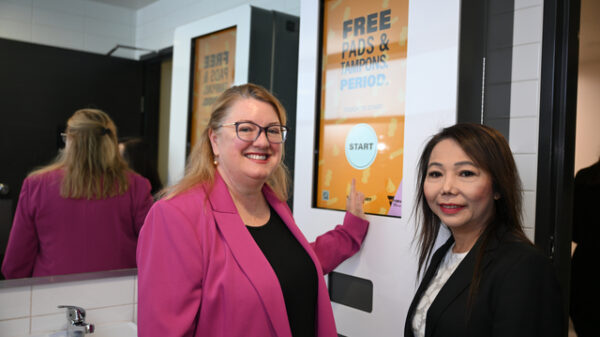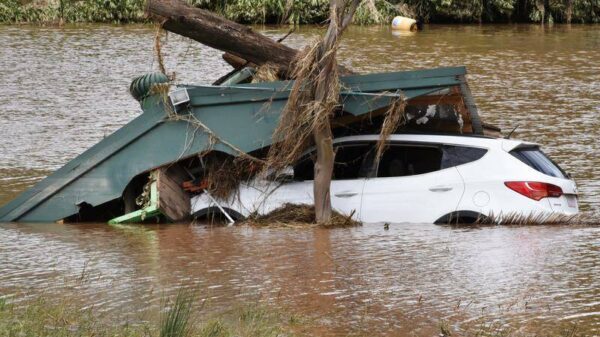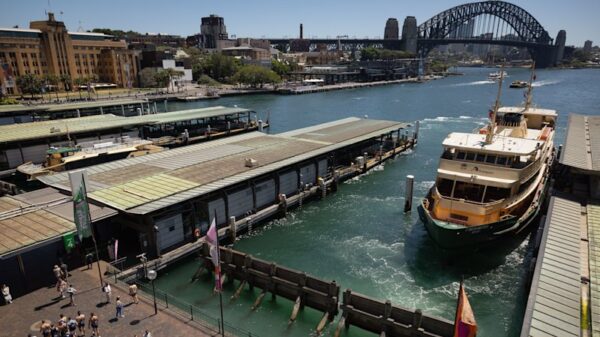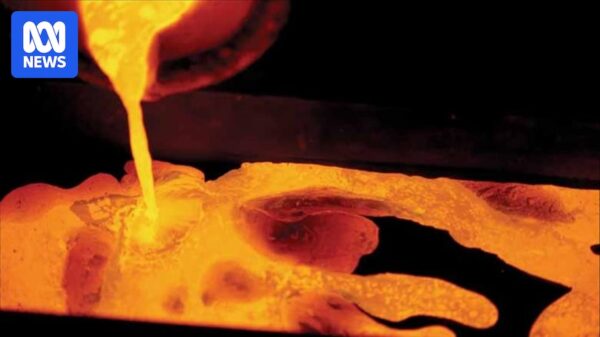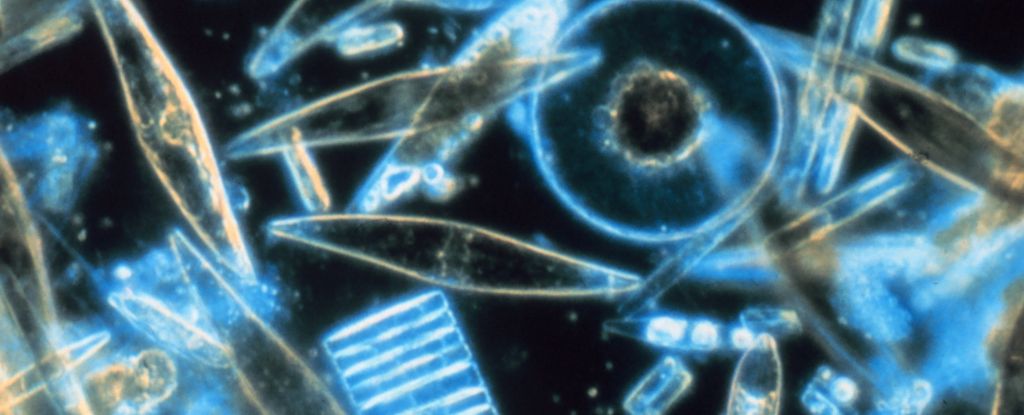A vibrant turquoise patch spotted in the Southern Ocean has puzzled scientists since its initial identification in satellite imagery in the early 2000s. Recent investigations by oceanographers have shed light on this phenomenon, revealing a unique mix of microorganisms that may reshape our understanding of carbon absorption in these frigid waters. The findings suggest that biological processes in the Southern Ocean are more complex than previously thought.
To the north of this striking turquoise patch lies a reflective area known as the great calcite belt. This region, discovered approximately two decades ago, houses billions of coccolithophores—microorganisms that produce reflective scales called coccoliths. These coccolithophores play a crucial role in the global carbon cycle, sequestering an estimated 30 million tonnes of carbon annually. Their high concentrations increase ocean reflectance, a key metric used by satellite oceanographers to estimate calcite levels.
Despite their significance, the turquoise patch south of the great calcite belt presented a conundrum. The waters in this region are typically too cold for coccolithophores to thrive. Rough seas, heavy cloud cover, and icebergs have further complicated satellite observations, leaving many questions unanswered. To investigate, oceanographer Barney Balch and his research team embarked on an expedition aboard the research vessel Roger Revelle, traveling from Hawaii toward the South Pole.
In their research, published in the journal Global Biogeochemical Cycles, Balch and colleagues noted the challenges of measuring conditions in this remote region. They conducted multiple measurements that included ocean color, calcification rates, and concentrations of inorganic carbon and silica, which represent both coccolithophores and their competitive counterparts, diatoms. Diatoms create their own microscopic shells from silica glass and compete with coccolithophores in the same ecological niches.
Historically, the great calcite belt has been viewed as the dominant habitat for coccolithophores, while diatoms were thought to inhabit regions further south. Balch’s team observed high-reflectance waters south of the great calcite belt, leading to skepticism about the presence of coccolithophores in such cold environments. Alternative explanations for the observed reflectance included glacial flour, ice particles, algal blooms, and even air bubbles.
The research team collected water samples that provided direct evidence of coccolithophores existing in these unexpected conditions. They reported, “Moderate concentrations of plated coccolithophores and detached coccoliths were observed south of the great calcite belt all the way to 60°S.” However, these coccoliths alone could not account for the brightness seen in satellite imagery. Instead, the high densities of diatoms appeared to create similar optical effects due to their reflective structures.
Balch and his colleagues concluded that the highly reflective polar waters resulted from scattering caused by diatom frustules, rather than coccolithophores. This finding indicates that satellite estimates of particulate organic carbon in these waters may need reevaluation. Balch stated, “We’re expanding our view of where coccolithophores live and finally beginning to understand the patterns we see in satellite images of this part of the ocean we rarely get to go to.”
The implications of this research extend beyond academic curiosity. Understanding the dynamics of these microorganisms is vital for grasping their role in the global carbon cycle, which has significant consequences for climate change and marine ecosystems. As scientists continue to explore the mysteries of the Southern Ocean, findings like these will help clarify the complex interactions that govern life beneath the waves.


